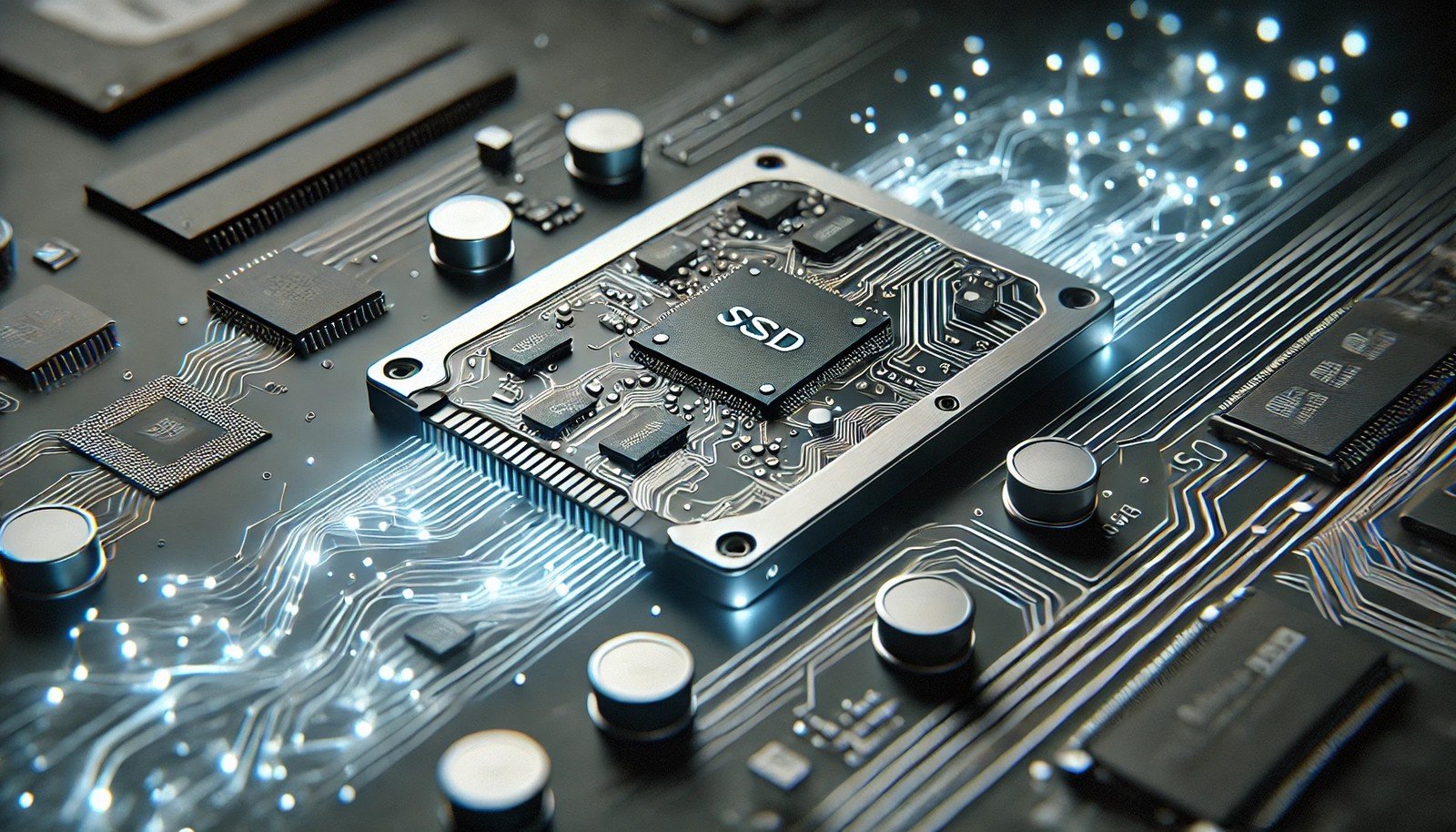Flash Storage

(Representational Image | Source: Dall-E)
Quick Navigation:
- Flash Storage Definition
- Flash Storage Explained Easy
- Flash Storage Origin
- Flash Storage Etymology
- Flash Storage Usage Trends
- Flash Storage Usage
- Flash Storage Examples in Context
- Flash Storage FAQ
- Flash Storage Related Words
Flash Storage Definition
Flash storage is a type of non-volatile memory that retains data even when power is removed. It is commonly used in SSDs, USB flash drives, and memory cards. Unlike HDDs, flash storage has no moving parts, making it faster, more durable, and energy-efficient. It stores data in memory cells using electrical charges, typically through NAND or NOR flash technology.
Flash Storage Explained Easy
Imagine you have a magical notebook where you can write and erase things super quickly without needing a pen or paper. Even if you close the notebook, everything you wrote stays there. Flash storage works similarly—it stores data electronically so computers and phones can quickly save and find information without any moving parts.
Flash Storage Origin
Flash storage technology was developed in the 1980s by Toshiba as a way to create faster, more efficient memory solutions. It evolved from earlier memory chips and quickly became popular for portable devices, data centers, and embedded systems.
Flash Storage Etymology
The term “flash” in flash storage comes from the idea that data can be erased and rewritten very quickly—almost like a camera flash.
Flash Storage Usage Trends
Flash storage has become the dominant form of storage in consumer and enterprise technology. Over the years, SSDs have largely replaced traditional hard drives in laptops, smartphones, and gaming consoles due to their speed and reliability. Cloud providers and data centers increasingly use flash storage to optimize performance and reduce power consumption.
Flash Storage Usage
- Formal/Technical Tagging:
- Non-volatile Memory
- Solid-State Storage
- NAND Flash Technology - Typical Collocations:
- "SSD with flash storage"
- "high-speed flash memory"
- "flash storage for data centers"
- "USB flash drive"
Flash Storage Examples in Context
- Many modern laptops now use flash storage instead of hard disk drives for faster boot times.
- Smartphones rely on flash storage to store apps, photos, and system files efficiently.
- Cloud storage providers use flash storage to improve the speed and reliability of their services.
Flash Storage FAQ
- What is flash storage?
Flash storage is a type of memory that retains data without needing power, commonly used in SSDs and USB drives. - How does flash storage differ from a hard drive?
Unlike HDDs, flash storage has no moving parts, making it faster, quieter, and more durable.
Did you know?
Flash storage was originally developed as an improvement over EEPROM technology. Today, NAND flash chips are widely used in space missions for handling critical data.
PicDictionary.com is an online dictionary in pictures. If you have questions or suggestions, please reach out to us on WhatsApp or Twitter.Authors | Arjun Vishnu | @ArjunAndVishnu

I am Vishnu. I like AI, Linux, Single Board Computers, and Cloud Computing. I create the web & video content, and I also write for popular websites.
My younger brother, Arjun handles image & video editing. Together, we run a YouTube Channel that's focused on reviewing gadgets and explaining technology.



Comments powered by CComment